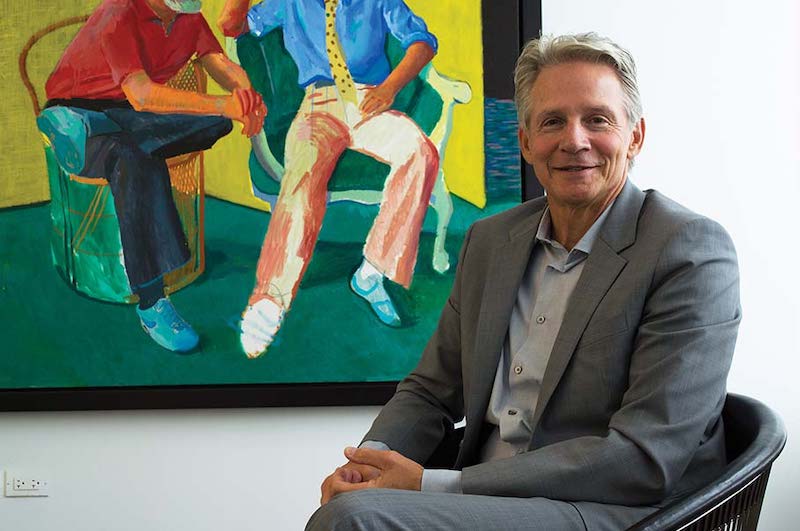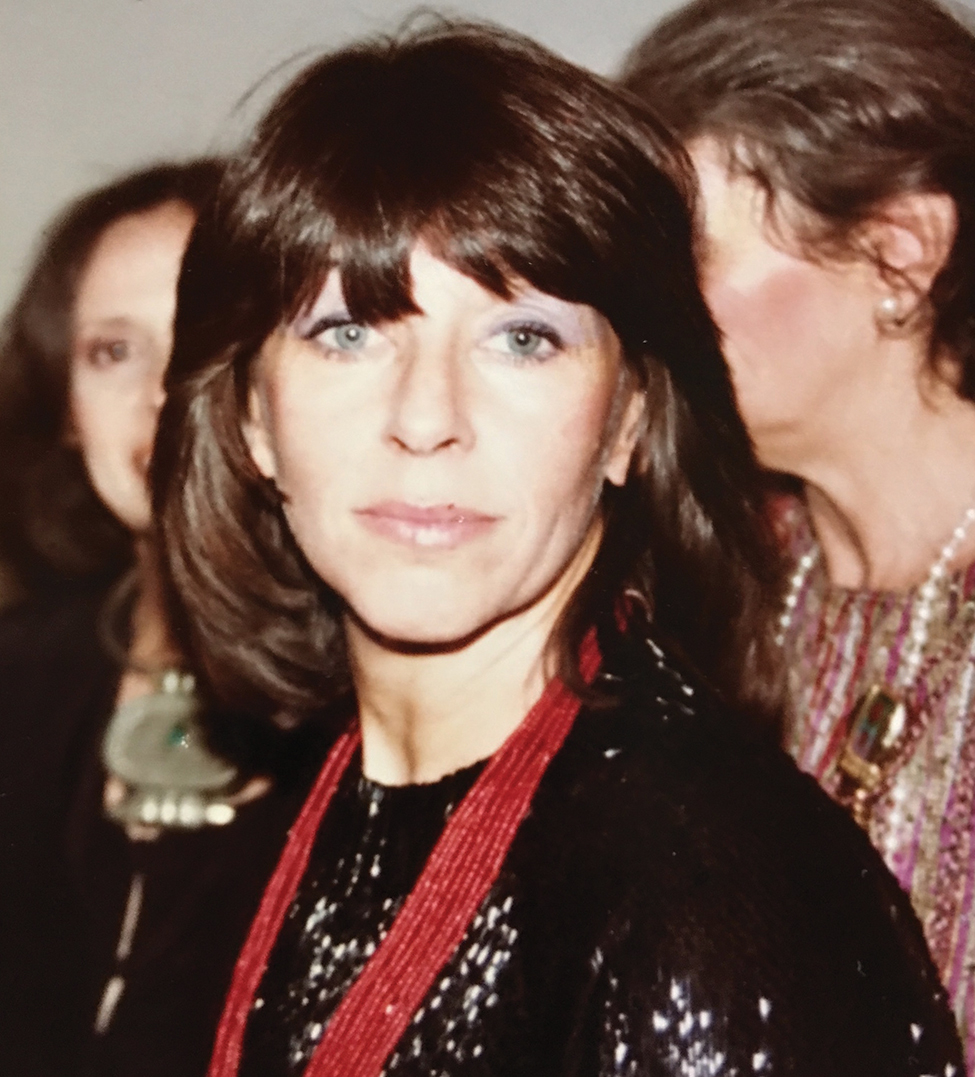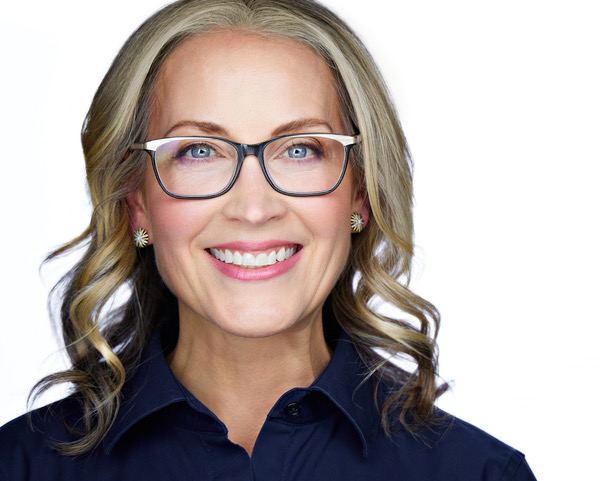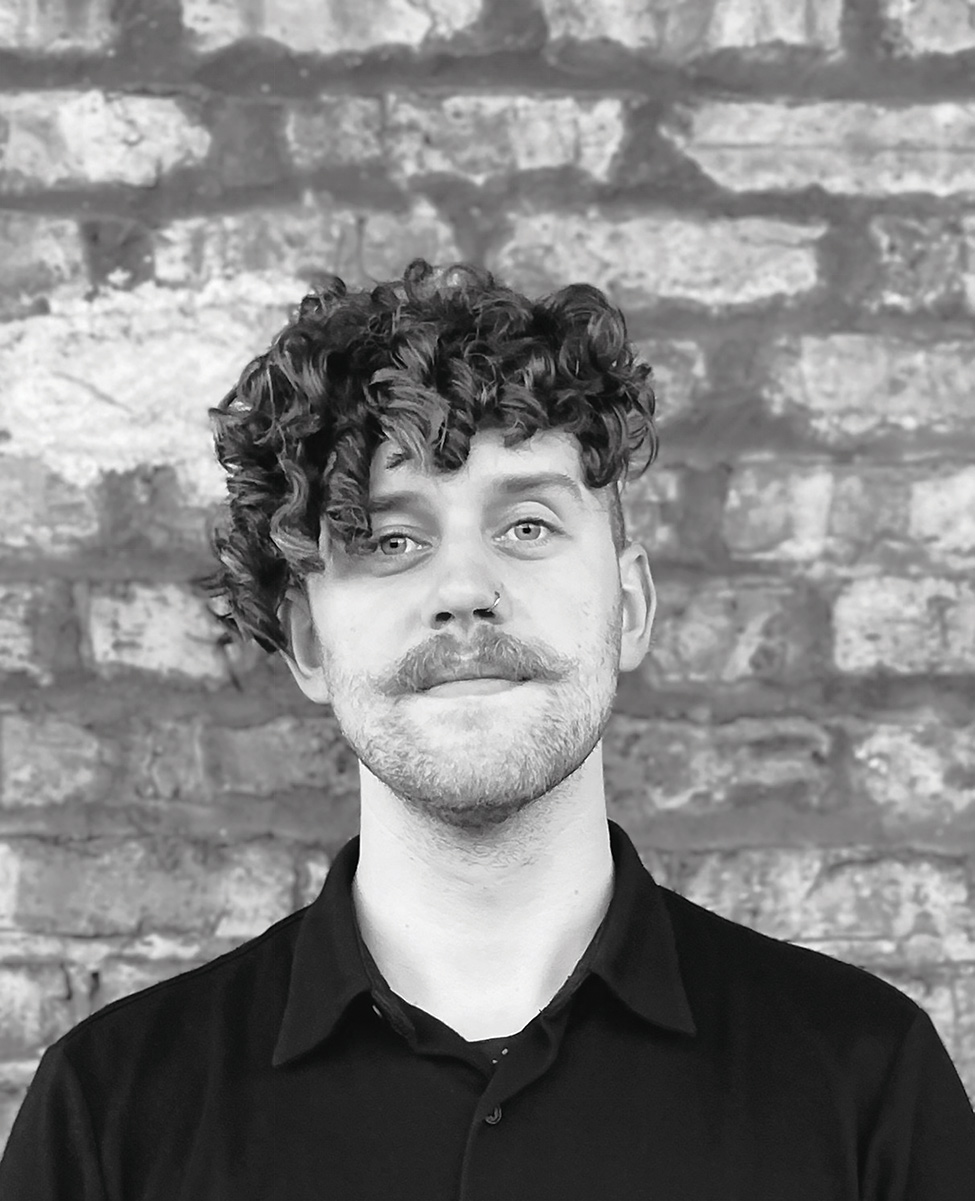50 Years: A Milestone Arrives Quietly at Richard Gray Gallery


By KEVIN NANCE
There will be no special exhibit, no monograph, no hoopla whatsoever commemorating the 50th anniversary of the Richard Gray Gallery this fall. “We spent a lot of time thinking about that, but didn’t come up with anything that needed to be done,” gallery director Paul Gray says one recent morning in his office at the John Hancock Center. “Fifty years is a substantial achievement, I recognize that, but we looked at things others have done on major anniversaries, and none of them inspired me to devote time to that. We started work on a publication, but it seemed self-indulgent and not very meaningful, so we canceled it.”
So, this fall it will be business as usual: two major openings (new paintings by Alex Katz September 20–November 2, 2013, followed by a show of older works by David Hockney at Frieze Masters in London and later in Chicago), participation in large international art fairs (including EXPO CHICAGO at Navy Pier) and the usual whirl of buying, selling and brokering transactions of mostly blue-chip work by famous artists to deep-pocketed clients in the Windy City and around the world. The gallery’s clients now include more than 10 percent of the Forbes 400 list, including nine members from the Chicago area, as well as similarly high-rolling collectors and museum curators from Europe, Asia, the Middle East and South America. In 2012, sales were just under $100 million.
The decision to avoid anniversary-related festivities is both typical of Paul Gray (who took over management of the city’s most successful gallery from his father, Richard Gray, nearly two decades ago) and telling. The younger Gray, now 58, is known for his preference for a tightly focused business strategy, concentrating on a single niche of the art market—the high end—rather than the more eclectic approach once favored by his father, who dealt in antiquities, tribal art and works on paper in addition to the early and mid-20th-century paintings and sculpture that have always been the gallery’s primary stock-in-trade.
“My father always wanted to be sure that there were many opportunities for success in the course of the year, but I felt that that was making us more mediocre on all levels, that we were spreading ourselves a little thin,” says Gray, whose hair, elegantly tailored suit and even his argyle socks are visual reminders of his family name. “I wanted to be more of an expert in something, so I decided to specialize in more expensive art, regardless of medium, and I wanted to relate to collectors who were a little further along on thedevelopment timeline—collectors who were really knowledgeable and demanding, and who would be appreciative of whatever we could bring to them.” If it can’t be done well, in short, Paul Gray doesn’t want to do it, including anniversary celebrations.
The Richard Gray Gallery opened on November 4, 1963, at 155 E. Ontario. The elder Gray—his son was 9 years old at the time—had worked for his own father for several years and had been casting about for a new direction. Trained as an architect, he’d long been interested in the visual arts, particularly painting and sculpture, and he’d married into a family of art collectors. When a friend suggested that he open an art gallery, it struck him as an opportunity to combine business with pleasure.
“Maybe because of my architecture background, I had a particular interest in draftsmanship, prints and drawings,” says Richard Gray, 84. “When I opened the gallery, I had the idea that I’d be handling that kind of thing, and that’s what happened. I started out by representing established and emerging artists primarily working on paper.” Quickly, however, Gray sold works by a number of painters and sculptors, including Jules Olitski, Morris Louis, Louise Nevelson, Hans Hofmann, Fernand Léger and Jim Dine, an impressive list that would eventually grow to include Hockney, Josef Albers, Joseph Cornell, Richard Diebenkorn, Willem de Kooning, Philip Guston, Roy Lichtenstein, Agnes Martin, Henry Moore, Robert Motherwell, Pablo Picasso, Jackson Pollock, Mark Rothko, David Smith, Cy Twombly and Andy Warhol, among many others. Gray also made significant forays into aboriginal and African art.
“My standards were about trusting my own eye, my own sense of aesthetics,” Gray recalls. “It wasn’t the particular style or period that interested me; it was the individual work of art.”
Demonstrating a talent for networking with artists and clients, Gray quickly established a reputation as the Chicago gallery with the deepest bench, the longest reach and the highest ambition. “They were the best gallery in Chicago, as far as I was concerned,” says Dine, still one of the Grays’ most-shown artists. “Richard has a tremendous eye and a great world view, and he was really the only truly international gallery in Chicago for a long time. I was very pleased to be there.”
For most of his youth and early adulthood, Paul Gray gave little thought to the prospect of joining the family business. He was mildly interested in visual art—like his father, he had dabbled in painting and drawing in high school—but lacked a deep or abiding passion for it. As his father went about the business of making the gallery into a success, the younger Gray was no more absorbed by the process than most young people are in the careers of their parents. “I was raised around the art world and didn’t totally take it for granted, but I didn’t idolize it in any way, either,” he recalls. “It certainly wasn’t preordained that I would go into this field. I didn’t even think about it until I was nearly 30.”
After five years as a theater producer on the East Coast, Gray returned to Chicago to attend graduate school at Columbia College and began working at his father’s gallery one day a week, hanging art, making follow-up calls to artists and clients, and generally learning the business. It was a ground-up apprenticeship that eventually led to his succeeding his father as managing partner in 1994. (Richard Gray maintains a presence at the gallery, where he keeps an office from which he manages his personal affairs, but he no longer plays an active role in its management.) Paul Gray opened a New York branch of the gallery in 1996. In years since then, he gradually phased out many of his father’s initiatives, including separate departments for tribal art and prints and drawings, as part of his overall strategy to pursue a narrower and potentially more lucrative focus on the market’s highest strata.
As part of that process, the younger Gray also represents fewer emerging or even mid-career artists than his father did. There are exceptions, such as Jan Tichy, a Czech-born new-media and video artist who moved to Chicago to attend the School of the Art Institute. “Jan is very busy, but he doesn’t have a large commercial market at this point, and he doesn’t have any commercial impact on our business,” Gray says. “But I took him on because I find his work compelling.” Still, Tichy is the exception that proves the rule.
“Of course Paul had his own notions, his own particular tastes, some of which were different from mine,” Richard Gray says now. “But he’s done extremely well, building a first-rate reputation, not just in Chicago but internationally. I was absolutely happy for him to do his own thing.”
In at least one respect, Paul Gray is a chip off the old block. Just like his dad, he quickly showed a flair for cultivating professional and sometimes deeply personal relationships with clients and artists, despite—or perhaps because of—the latter group’s reputation for eccentricity and prickliness. “Artists play a special role in culture, because they’re the bravest, most adventurous, the most willing to bare their souls in public,” he says. “They have a lot to teach us, and that’s why people are drawn to their work. On the other hand, I think most artists would acknowledge that they’re not the easiest people to be close to, because they’re pretty uncompromising and pretty self-involved; they’re focused on making that next discovery in their work. They can be social, but they can be highly antisocial also, and that’s one of the things I respect about them.”
Gray has formed a particularly close relationship with the Spanish artist Jaume Plensa, best known in Chicago for his Crown Fountain in Millennium Park, and to whose portfolio Gray now assigns two full-time staff members. About the same age, Gray and Plensa initially met at the artist’s first show in Chicago in 1996. “We hit it off in two seconds,” Plensa recalls. “Since that day Paul and I have grown together, developing a beautiful friendly relationship. Richard and his wife, Mary, really embraced me as one more member of their family, and I consider Paul a brother, even though he insists on teaching me to swim in any ocean despite knowing that I can only swim in the Dead Sea.”
Paul Gray has also proved adept at the delicate art of connecting some of the world’s richest art collectors with each other, acting as a go-between in private transactions involving large egos and even larger sums. In his biggest such coup several years ago, Gray brokered a deal between Los Angeles mogul David Geffen and Chicago hedge-fund billionaires Anne and Kenneth Griffin. The Griffins, regular clients of Gray’s, were interested in acquiring a Jackson Pollock; Geffen, also a client, was interested in selling one—for which purpose Gray introduced the two sides. “Over lunch at Geffen’s home, Ken Griffin’s eyes kept drifting toward a very, very important Jasper Johns painting on the wall nearby,” Gray recalls. “When we left the house, he said to me, ‘I think that painting is one of the most incredible things I have ever seen.’”
The Griffins didn’t buy Geffen’s Pollock, but after a week of intense negotiations overseen by Gray, the Griffins purchased Johns’s False Start (1959) for $80 million, the highest price ever paid for the work of a living artist at the time. (The Griffins have since loaned the work for exhibitions at the Art Institute of Chicago, the Museum of Modern Art and the National Gallery of Art.) In the process, Gray’s reputation as an experienced liaison between collectors buying and selling art to each other was cemented.
“It used to be that any serious art collector in Chicago would come by the gallery at least once a month, but that rarely happens now,” says Gray, who recently moved the gallery to a larger space with higher ceilings on the Hancock Center’s 38th floor. “Now we largely go to the collectors as advisors and curators. It’s part of the evolution of the business.” The Richard Gray Gallery keeps evolving right along with it.
Image: Paul Gray, photo by Kevin Nance






